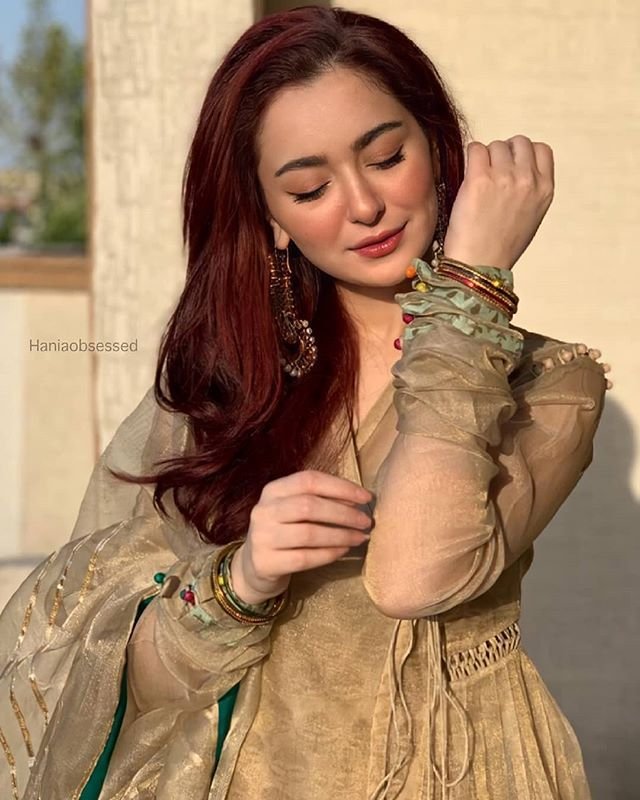Silk, a luxurious and timeless fabric, has been a symbol of elegance and sophistication for centuries. In Pakistan, silk dresses hold a special place in the hearts of fashion lovers, particularly when it comes to formal, semi-formal, and festive wear. Whether it’s a wedding ceremony, an Eid celebration, or a formal evening event, silk outfits never fail to make a statement. With their graceful drape, natural sheen, and ability to carry embellishments beautifully, silk dresses in Pakistan continue to remain a cherished wardrobe essential.
The Cultural Significance of Silk in Pakistan
In Pakistani culture, silk has long been associated with tradition, wealth, and status. Historically, silk garments were worn by royalty and the elite. Even today, silk is considered a premium fabric, often chosen for bridal wear, festive events, and formal gatherings. The use of silk during special occasions highlights its value and the deep-rooted cultural attachment Pakistanis have to this fabric.
From the intricate ghararas and lehengas to contemporary silk sarees and maxi dresses, silk dresses in Pakistan reflect the country’s rich textile heritage blended with modern fashion sensibilities. Regions like Lahore, Karachi, and Islamabad are known for their thriving markets where you can find both hand-woven and machine-crafted silk outfits in diverse styles.
Types of Silk Used in Pakistani Dresses
Several varieties of silk are used in Pakistani clothing, each offering a unique texture and appeal. The most popular among them include:
- Raw Silk: This type is slightly coarse and less shiny than pure silk but provides excellent structure for formal dresses and is widely used in bridal and party wear.
- Charmeuse Silk: Known for its ultra-smooth surface and high sheen, charmeuse silk is perfect for evening gowns and sarees.
- Chiffon Silk: Lightweight and sheer, chiffon silk is often used in dupattas and layered dresses, adding an ethereal charm to the outfit.
- Banarasi Silk: Imported from India but appreciated and used by Pakistani designers for its luxurious brocade patterns, Banarasi silk is ideal for wedding ensembles.
- Katan Silk: A finely woven pure silk fabric, Katan is making a comeback in designer wear and traditional attire.
Popular Silk Dress Styles in Pakistan
Fashion designers and brands across Pakistan have reimagined silk in a variety of silhouettes. Some of the most in-demand styles include:
1. Silk Sarees
Silk sarees have always been a classic choice for formal occasions. The luxurious fall and shine of silk make it a preferred fabric for those who want to make an elegant impression. Embellished with gota, zari, and sequins, silk sarees are especially popular in wedding season.
2. Silk Shirts with Cigarette Pants
A modern take on traditional clothing, pairing long silk shirts with straight or cigarette pants is a trend embraced by young women. This combination is perfect for formal dinners, Eid, or office parties, especially when accessorized with statement jewelry.
3. Silk Ghararas and Shararas
For weddings and festive events, nothing beats the regal appeal of a silk gharara or sharara paired with an embroidered shirt. Designers like Nomi Ansari, HSY, and Sania Maskatiya frequently showcase such styles in their bridal and luxury pret collections.
4. Silk Maxis and Gowns
Silk maxis are the epitome of elegance and grace. Flowing silhouettes in solid colors or delicate prints are ideal for formal events and evening wear. These are often embellished with crystals, pearls, or hand embroidery.
5. Kaftans and Capes
Kaftans made from pure or raw silk, often embroidered or bejeweled, are an increasingly popular choice for festive dinners and wedding receptions. They’re comfortable, stylish, and offer a modest yet fashionable look.
Leading Brands Offering Silk Dresses in Pakistan
Many leading Pakistani fashion brands offer silk dresses in stunning designs. Some notable names include:
- Elan: Known for its luxurious formal wear, Elan often incorporates pure silk in its wedding and festive collections.
- Sana Safinaz: Offers both printed and embellished silk dresses, ideal for semi-formal and formal gatherings.
- Zainab Chottani: Famed for traditional silhouettes with rich fabrics like raw silk and jamawar.
- Maria B: Offers embroidered silk collections that blend traditional and contemporary aesthetics.
- Tena Durrani: Frequently uses silk in bridal and couture collections, making every piece a statement.
Why Silk Dresses Are a Must-Have
Silk dresses offer numerous benefits beyond their visual appeal. Here are some reasons why they remain a top choice:
- Timeless Appeal: Trends may come and go, but silk remains forever in fashion.
- Versatility: Suitable for both eastern and western styles, making it adaptable to all occasions.
- Comfort: Breathable and soft, silk is comfortable to wear, even in Pakistan’s warm climate.
- Investment Piece: Though expensive, a well-made silk dress can last for years and be worn across multiple events.
Care Tips for Silk Dresses
Since silk is a delicate fabric, it requires special care:
- Dry Clean Only: Always dry clean to preserve the fabric’s luster and texture.
- Avoid Direct Sunlight: Store in a cool, dark place to avoid fading.
- Iron with Caution: Use a low-heat setting and place a cloth between the iron and the silk to prevent burning.
Conclusion
Silk dresses in Pakistan are more than just garments—they are a symbol of timeless beauty, tradition, and luxury. Whether it’s a bride’s big day, a festive celebration, or a glamorous evening out, silk dresses continue to be the go-to choice for women who value elegance and sophistication. With evolving styles, accessible designer collections, and a deep cultural resonance, silk will always hold a treasured place in Pakistani fashion.







